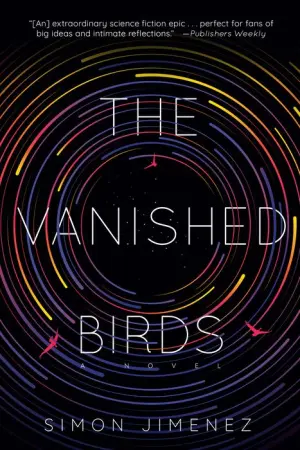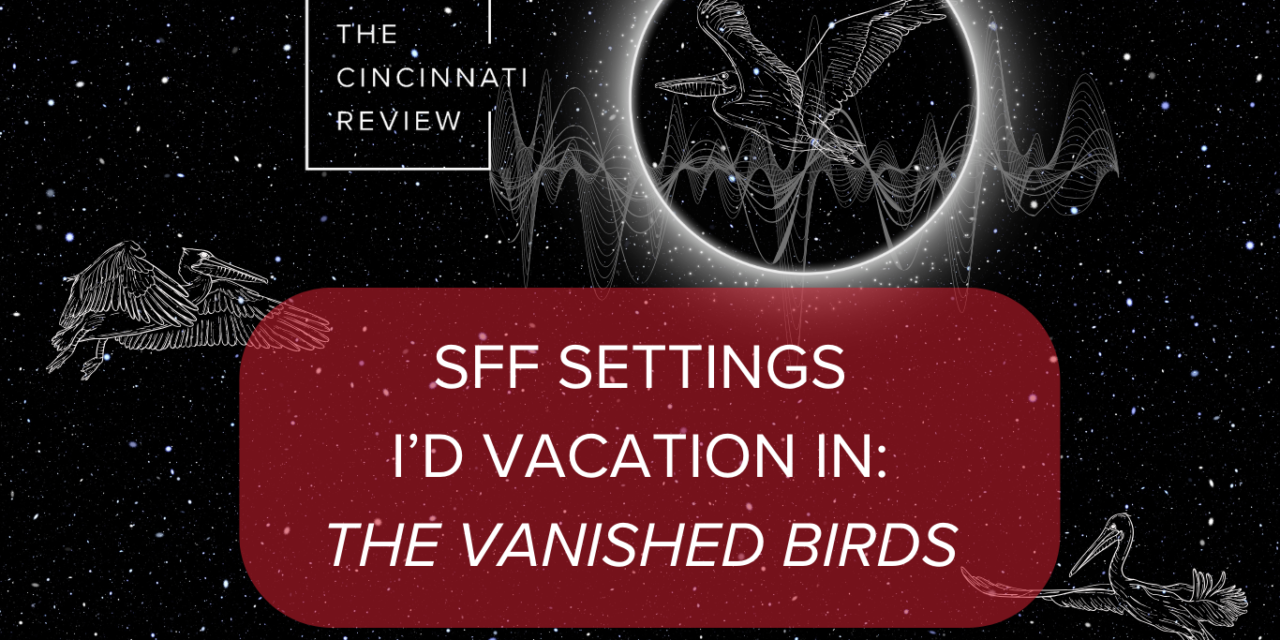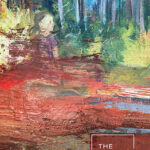
Assistant Editor Lily Davenport: As much as I would love to believe that the uptick in weirdness and speculative elements in my queue is a result of this column’s previous post, I recognize that it’s likely just the other folks on staff learning my taste and sending me more of those submissions—but, if you’re a submitter and you’re reading this, keep ’em coming! I’m a firm believer in the notion that just as literary realism holds craft lessons for other genres, speculative fiction and fantasy (SFF) have things to teach those who don’t write about fungal aliens, haunted houses, or houses haunted by the ghosts of fungal aliens. Foremost among those lessons is SFF’s focus on setting, and the consequences it has for everything from character to conflict to pacing and narrative scope. Worldbuilding is, of necessity, a foundational element in SFF (can you imagine a loreless Lord of the Rings?), and often the thing that genre readers get the most excited about: the element that heads up the elevator pitch when we’re trying to get someone else to read a book we loved. On the flip side, insufficiently thorough worldbuilding is also one of the tells that a writer is new to SFF, or that they’re drawing on SFF surface elements for a “literary and definitely not genre” novel without taking the time to better understand those elements’ connotations and inner workings in-genre—something that never fails to make me even more grumpy and disappointed than I generally am, because it’s such an easily avoidable problem.
And what better way, I ask you, to appreciate the finer points of SFF’s hardworking settings—and get around some of the pitfalls lurking for the genre-inexperienced as they seek to learn from SFF’s specialized capabilities—than to evaluate them as potential vacation destinations? We’re continuing this series with The Vanished Birds, Simon Jimenez’s 2020 debut novel. If you like messing around with time, maximalist Victorian novels, symphonic music, corporate evil, ephemeral yet life-changing love, and a few choice explosions, this is the book for you. And if you hate birds, don’t worry—they are, indeed, vanished.
In The Vanished Birds, Simon Jimenez offers the tour of a lifetime, though—in a world where the ultrawealthy can prolong their lifespans with cryostasis, and spacefaring crews travel through a pocket dimension that dilates time so they age at a fraction of normal speed—whether that lifetime lasts fifty years or a thousand depends on which traveler you ask. From the wildlife preserves of Earth’s distant past, to the bustle of huge space stations and the vibrant ports of a hundred worlds, to a research bunker hidden in a remote moon, you’ll see all the most exclusive and up-and-coming destinations the galaxy has to offer. Jimenez’s novel offers perfect accommodations for the adventurous traveler who appreciates roughing it and exploring local cultures and cuisines—but who won’t turn their nose up at the occasional touch of glam. And come ready for a soundtrack: music as an act and a theme threads throughout the novel and its many tour stops, and provides a structural logic for its maximalism. The Vanished Birds is a symphony, just as much as it is a voyage.
First Movement: Allegro
Start with a rustic interlude on the agricultural resource world of Umbai-V, where the locals farm purple dhuba, a sought-after delicacy in cities many systems away. Drop into an immersive experience the size of one citizen’s life: join a celebratory bonfire when Umbai’s hired ship arrives to collect the harvest, and mingle with its perennially youthful crew, watching as they age just a few months for every seven years of local time. And you’ll witness the event of the century when a young boy falls out of the sky above the village between harvests, only to depart on the next outgoing ship.
After a quick journey to Pelican Station with Captain Nia and the boy on the Debby, you’ll detour to Earth’s past for an exclusive microtour with Fumiko Nakajima, the station’s designer. Sketch the world’s last surviving pelican in a California nature preserve, ride a gondola over the submerged portions of Okinawa, then escape from the rainy weather in a cozy tearoom, where you can eavesdrop on all the student engineers preparing to leave Earth behind forever. And, if you happen to overhear some gossip about Umbai’s real goals—no, you didn’t. (And anyhow, you signed the NDA at the start of this trip, didn’t you?)
Second Movement: Adagio
From here, the longest leg of your tour begins. The only constants will be the Debby, and the flute music Ahro—the boy who fell out of the sky—fills it with. Maybe Fumiko, still tenuously alive after a thousand years in and out of cryo, has bought out the Debby and its crew to take Ahro on this journey; if she has, there’s no reason Umbai needs to know. Witness the complex dynamics between the Debby’s inhabitants as they chart a majestically slow course from world to world, flying beyond the edges of corporate space to give Ahro time to grow up, and to develop a mysterious, latent power. Not all the stops will turn out as expected (a settlement Nia remembers as a thriving musicians’ colony turns out to be peopled only by one radio operator and hundreds of semiferal dogs by the time the Debby arrives), but you won’t forget a single one of them, from markets and festivals to flower-faced beasts and geological marvels.
Third Movement: Scherzo
Break away from your long haul with the Debby for a frenetic tour of Fumiko’s hidden research base on the moon of Stopwatch, where you can enjoy luxuries comparable to those available on a space station: private quarters (with accommodations for your family, if you brought them), catered meals with all Fumiko’s favorites included on the menu, and a spacious basement gymnasium. Don’t get too attached, though; this movement is a short one, and it collapses into the next with a violent finish.
Fourth Movement: Allegro
Just when you think the tour has reached a logical, if tragic, conclusion—hope lost, crew dead or separated, Umbai triumphant—there’s a surprise leg of the symphonic journey waiting. All the narrators and settings you met in the opening movement will return, even if it’s just to briefly signal their leitmotifs before disappearing once again, and the accelerating final moments will draw you back to the place where the novel began: in the forest near a dhuba field, where a boy is about to fall from the sky.
Final Vacation Score
Accommodations: 6/10. The Debby is a no-frills operation. Don’t expect consistent gravity.
Food: 7/10. While meals on the Debby are often reconstituted, with some hydroponically grown vegetables added, they are served family-style in a warm and homey setting. Celebratory dinners often center around roasted whole trout, saved in stasis for a shipboard feast! Many of the tour stops include special-occasion meals with treats such as Adizan apples in black sauce, thirty-layer cakes, fried billyduck tongues, and meaty kurim berries. For those who indulge, wine, ojai liquor, and “greenery” are served at Pelican Station and most other metropolitan areas.
Arts & Culture: 8/10. Live flute music performed throughout your journey. Vocal performance available at select stops. Large band available, but solely in brief and traumatic retrospect.
Nature: 7/10. While travel necessarily takes place in a closed spaceship, stops include the lush agricultural world of Umbai-V, the wildlife preserves of a past Earth, a wind-scoured desert populated almost entirely by dogs, and the mesas north of the pictureque fishing village of Kilkari.
Weird: 4/10. Some of the tour guides have been alive for more than a thousand years, as the result of time dilation and cryogenic storage. They are not quite as they were.
Total: 32/50. A grand symphonic tour that you won’t want to miss!








